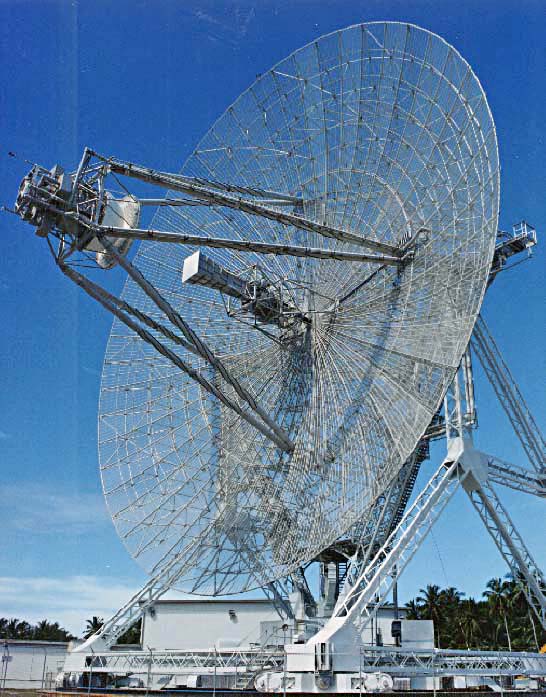Introduction to Radar Technology in Aviation
Le radar donne til la position exacte d’un aerone has revolutionized aviation by providing a reliable way to detect and track aircraft. Whether it’s monitoring planes during flight, ensuring safe landings, or guiding air traffic controllers, radar plays a critical role in maintaining safety in the skies. But how exact is the radar’s ability to pinpoint an aircraft’s location? In this article, we’ll explore how radar works, the types of radar used in aviation, and the factors that affect its accuracy.
What is Radar and How Does It Work?
Brief History of Radar Technology
Radar, short for Radio Detection and Ranging, was initially developed during World War II. Its primary purpose was to detect the presence, direction, and speed of moving objects, especially aircraft. Since then, radar has evolved significantly, becoming a crucial tool in both civilian and military aviation.
The Science Behind Radar Detection
Radar systems emit radio waves, which travel through the air until they hit an object, such as an aircraft. These waves then reflect back to the radar system, where they are analyzed to determine the object’s location and distance. This process allows radar operators to track aircraft and other objects within a certain range.
Types of Radar Used in Aviation
Primary Surveillance Radar (PSR)
PSR is the most basic form of radar used in aviation. It works by emitting radio signals and detecting the echoes that return from objects. While PSR provides the general location of an aircraft, it does not give detailed information such as altitude or aircraft identity.
Secondary Surveillance Radar (SSR)
SSR enhances PSR by using transponders onboard the aircraft. These transponders respond to radar signals with additional information, such as altitude and flight identification. This makes SSR more accurate and informative, which is why it is commonly used in modern air traffic control.
Weather Radar Systems
While not specifically used for tracking aircraft, weather radar is essential for aviation. It helps pilots and controllers monitor weather patterns, detect storms, and ensure that flight paths remain safe from severe weather conditions.
How Radar Detects and Tracks Aircraft
Pulse and Reflection Mechanism
When radar emits a pulse, it measures the time taken for the radio wave to hit an object and bounce back. By calculating this time delay, radar can determine the distance to the object, which helps in estimating the position of an aircraft.
Radar Range and Limitations
While radar is an effective tool, its range is limited. Factors such as the curvature of the Earth, obstacles like mountains, and weather conditions can affect radar range and accuracy. Most radar systems are optimized for mid- to long-range tracking, but close-range accuracy may be reduced.
Accuracy of Position Data
Radar can provide a reasonably accurate position of an aircraft, but it is not precise down to the exact meter. Instead, radar data is generally within a range that is considered safe for air traffic control, allowing controllers to maintain separation between aircraft.
Does Radar Give the Exact Position of an Aircraft?
Factors Affecting Radar Accuracy
Several factors impact the precision of radar positioning. These include the radar system’s design, atmospheric conditions, and interference from other signals. Additionally, the further an aircraft is from the radar source, the less accurate the position data may become.
Accuracy vs. Precision in Radar Tracking
While radar can provide accurate data about an aircraft’s general location, it lacks pinpoint precision. For instance, radar might indicate that an aircraft is in a specific area, but it may not reveal its exact position down to a specific coordinate without additional data.
How Controllers Use Radar Data for Navigation
Air traffic controllers use radar data to guide aircraft safely through controlled airspace. By monitoring the radar returns, controllers can ensure safe distances between planes, adjust flight paths as needed, and assist with landing and takeoff procedures.
Advancements in Radar and Tracking Systems
ADS-B and GPS Integration
In recent years, aviation technology has integrated radar with Automatic Dependent Surveillance-Broadcast (ADS-B) and GPS. ADS-B allows aircraft to broadcast their exact position using GPS data, enhancing the accuracy of radar tracking and allowing for more precise aircraft monitoring.
Improvements in Real-Time Positioning
Modern radar systems now incorporate real-time data, allowing for improved tracking and reduced latency. This advancement makes radar more reliable, particularly in busy airspaces where precise tracking is essential.
Enhanced Radar Technologies in Modern Aviation
New radar technologies, such as phased-array radar and synthetic aperture radar, are being developed to improve accuracy, range, and data resolution. These advancements are part of ongoing efforts to make radar more precise and effective in tracking aircraft.
Practical Applications of Radar in Aviation
Air Traffic Control and Collision Avoidance
Radar is crucial in air traffic control, where it helps monitor and direct aircraft to prevent collisions. Controllers rely on radar to maintain safe distances between planes, particularly during takeoff, landing, and high-traffic areas.
Search and Rescue Operations
In cases of lost or distressed aircraft, radar data can help search and rescue teams locate the last known position. This information is invaluable when time is critical, and locating the aircraft quickly is essential.
Military and Surveillance Uses
Beyond civilian aviation, radar is widely used for military purposes. It allows the military to monitor airspace, track unidentified aircraft, and ensure national security. Surveillance radar can also detect and track airborne threats, adding a layer of defense.
Conclusion
Limitations and Future of Radar in Aviation
Radar remains a vital technology in aviation, but it has limitations. While it can give a general location of an aircraft, it lacks the exact precision provided by newer systems like ADS-B. However, with ongoing technological advancements, radar will continue to evolve, becoming more accurate and capable of tracking aircraft with greater precision.

Leave a Reply